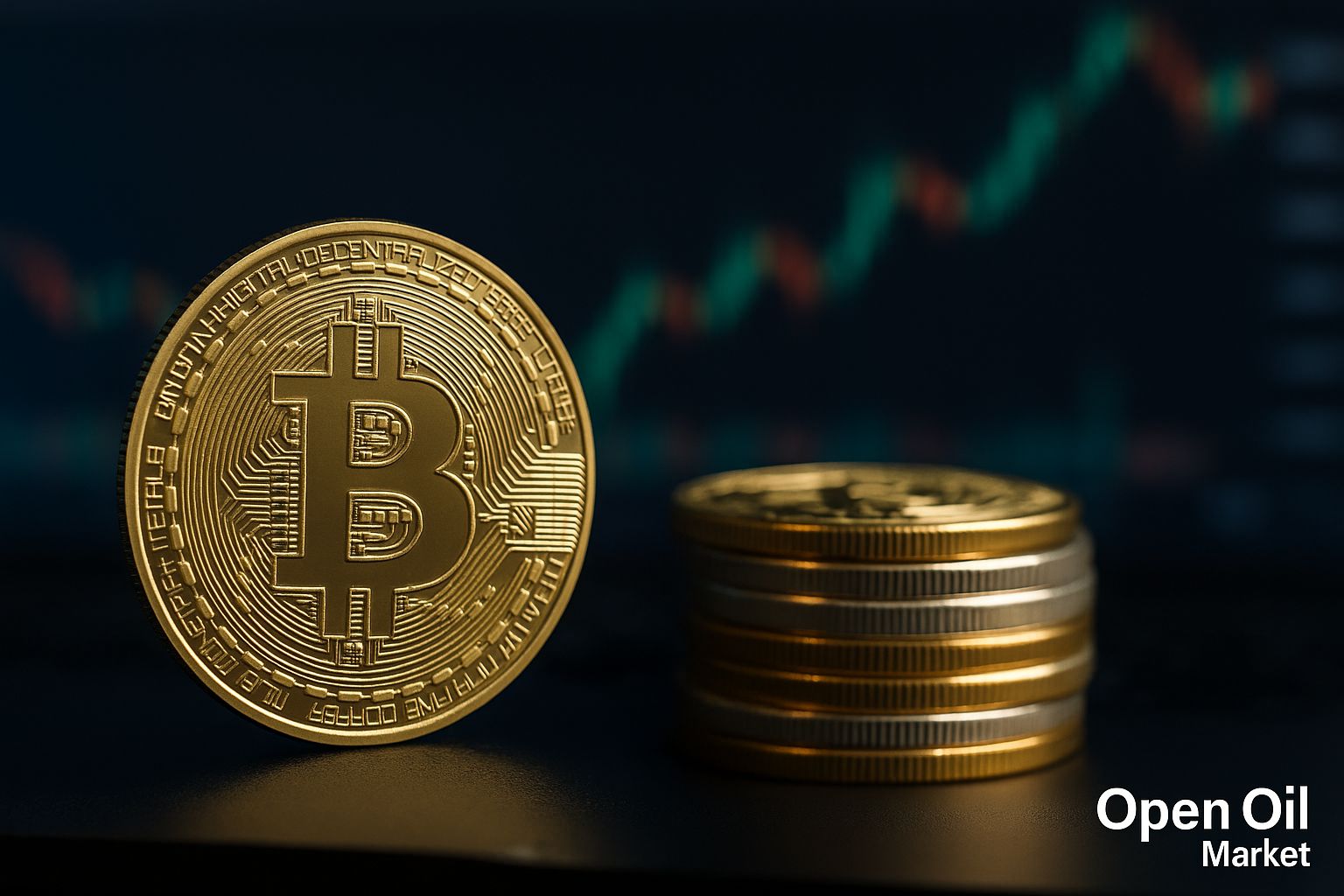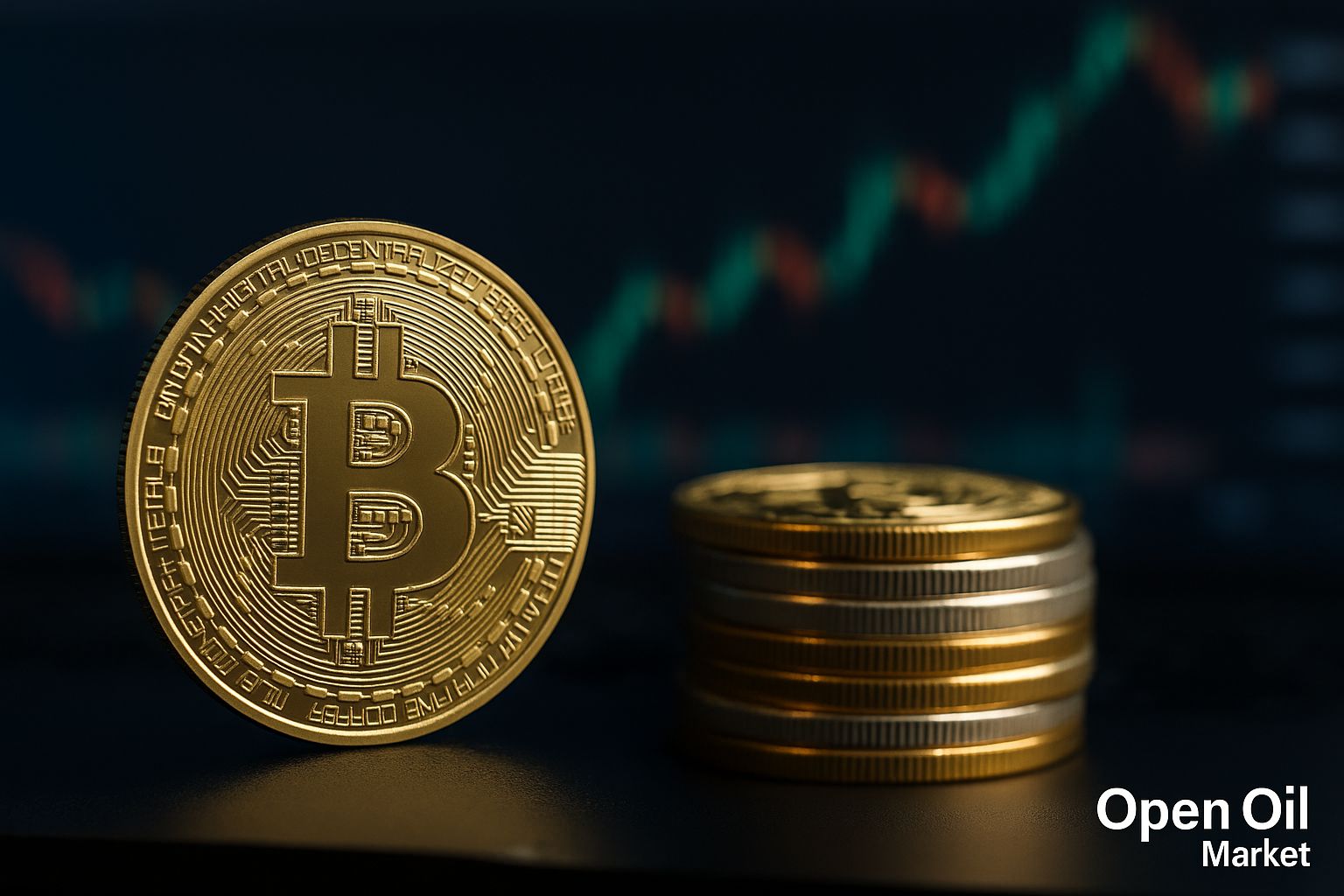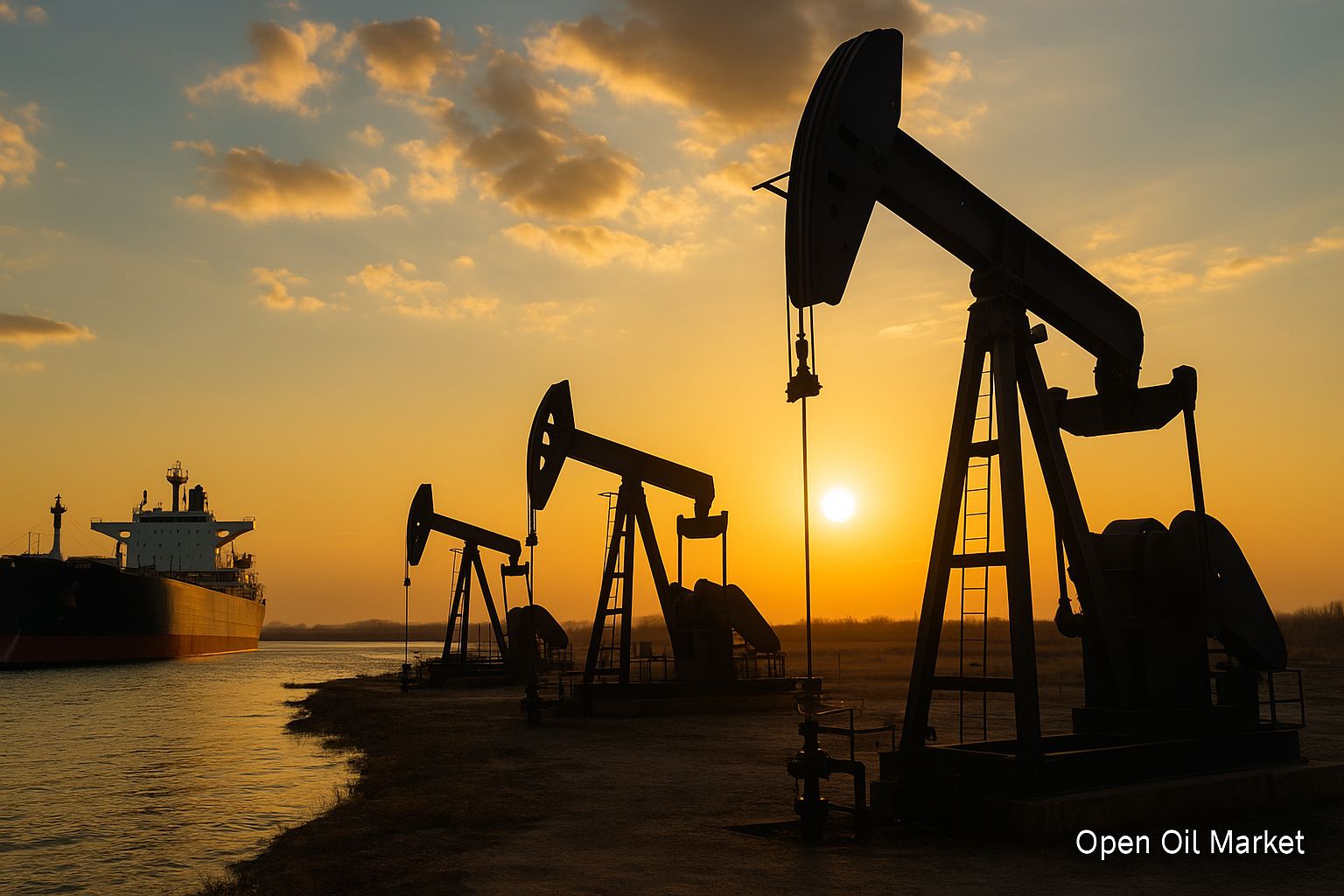
Main News in the Fuel and Energy Complex as of 1 November 2025: US-China Trade Truce Inspires Optimism in Oil Market, Europe Enters Winter with Record Gas Reserves, and Sanctions Tensions Surrounding Russian Fuel and Energy Sector Continue to Escalate.
Current events in the fuel and energy complex (FEC) as of 1 November 2025 unfold against a backdrop of persistent geopolitical tension, yet there are cautiously positive signals emerging in the markets. The sanctions standoff between Russia and the West shows no signs of easing: this week, the US imposed new restrictions on major Russian oil and gas companies, while the European Union closed remaining loopholes for evading the embargo by approving the 19th sanctions package, which includes a phased ban on the purchase of Russian LNG. Nevertheless, the global economy received a boost of optimism as, on 30 October, leaders from the US and China agreed to a trade truce, averting a new chapter in the tariff war. This prospect of a thaw in relations between the two largest economies improved forecasts for global demand for energy resources and bolstered sentiment in commodity markets.
At the same time, commodity markets exhibit relative stability. Oil prices, which had dipped to multi-month lows earlier in the autumn, are currently holding in a moderate range: Brent is around $64–66 per barrel, while WTI hovers around $60–62. Recent news about sanctions triggered temporary spikes in quotes (Brent briefly rose above $66), but overall, the balance between supply and demand remains fragile, with a bias towards surplus. The European gas market is confidently entering winter with record fuel reserves: underground gas storage in the EU is filled to over 95% capacity, providing a buffer ahead of the heating season and driving exchange prices down to a comfortable ~€30 per MWh (significantly lower than the peaks of 2022).
The global energy transition is gathering pace, with many countries reporting new records in generation from renewable sources, although traditional resources remain essential for the reliability of energy systems. Following a recent fuel crisis in Russia, government emergency measures stabilised the situation: gasoline and diesel production has recovered, wholesale prices have decreased, and fuel stations are adequately supplied.
Below is an overview of key news and trends in the oil, gas, coal, renewable sectors, and fuel market as of the current date.
Oil Market: Surplus Balance and Risks Amid Trade Truce
Global oil prices are under pressure from fundamental factors despite short-term surges. After falling to multi-month lows in the autumn, Brent quotes have stabilised in the range of ~$60–65 per barrel—below the levels seen at the beginning of the year. The market anticipates that by the end of 2025, oil supply will exceed demand, influenced by several trends:
- Rising Production Amidslowing Demand. OPEC+ is continuing to gradually increase production: in October, quotas were raised by approximately 0.14 million barrels per day, and a similar move is expected in November. Simultaneously, major non-OPEC producers (the US, Brazil, and others) have reached record output levels. Concurrently, global consumption growth is slowing down: the IEA projects an increase in demand for 2025 of only ~0.7 million barrels per day (compared to >2 million in 2023). Moderate economic growth, the consequences of prior price peaks, and the proliferation of electric vehicles are limiting fuel consumption increases.
- Geopolitical and Sanction Risks. The escalation of sanctions against Russia is constraining some of its exports—the US's recent measures concerning Russian oil companies triggered a spike in Brent prices above $66, demonstrating the impact of political factors. However, a lack of progress in the dialogue between Russia and the US maintains uncertainty. On the other hand, the US-China truce has lifted market spirits, bolstering hopes for stable demand. As a result, oil prices remain within a narrow range without a clear trend toward growth or decline.
The abundance of supply is preventing significant increases in oil prices. Market participants are acting cautiously, orienting themselves towards surplus, with only serious disruptions capable of restoring high volatility in quotes.
Gas Market: Record Reserves in Europe and Flexible Supply
The situation in the gas market is favourable for consumers, especially in Europe. The continent is approaching winter with unprecedented gas reserves: EU underground storage facilities are over 95% full. A mild autumn and high imports of liquefied natural gas (LNG) have allowed for such reserves to be accumulated without emergencies, stabilising wholesale prices at low levels. TTF futures are holding around €30 per MWh—significantly lower than the peaks of 2022.
The risk of a repeat of last year's pricing crisis has significantly decreased, although much depends on the severity of winter and LNG availability. Russia is compensating for the loss of the European market by focusing on eastern routes: supplies through the "Power of Siberia" to China have reached record volumes, and preparations are underway for the construction of "Power of Siberia 2," increasing shipments of Russian LNG to Asia.
Overall, the global gas sector is entering the winter with a solid buffer. Record reserves in Europe and the flexibility of global LNG supply allow for expectations of stable prices in the coming months. Unless extreme cold conditions or other unforeseen circumstances arise, the market is likely to remain balanced and comfortable for consumers. Nonetheless, players continue to monitor weather conditions and Asian LNG demand, understanding that circumstances may change.
Geopolitics: Increased Sanctions and Asia's Stance
October brought a new wave of pressure on the Russian FEC amid a lack of progress in the dialogue between Moscow and the West. The US expanded sanctions against leading Russian oil and gas companies and energy carriers, while the EU approved its 19th sanctions package (including a phased ban on Russian LNG) and charted a course for a complete cessation of gas imports from Russia by 2026. In response, Russia is strengthening cooperation with the East and promises to redirect exports to friendly countries.
India and China, the largest importers, continue to purchase Russian oil and gas at significant discounts, remaining key markets for Russia. Despite pressure from the West to reduce reliance on Moscow, these countries are unwilling to sacrifice their energy security. Simultaneously, they are increasing domestic production and infrastructure (LNG terminals, storage facilities) for the future. The US is trying to attract Asian giants: as part of the trade truce, China has agreed to increase imports of American energy resources. However, at present, India and China maintain close ties with Russia, remaining critically important buyers of its energy resources.
Energy Transition: REE Records Amid Traditional Energy's Role
The transition to clean energy is gaining momentum. In 2025, record capacities of solar and wind power plants are being introduced, with the share of renewable energy sources (RES) in global electricity generation surpassing that of coal for the first time. Investments in "green" energy have reached historic highs supported by government programmes. Nonetheless, oil, gas, and coal still represent the backbone of energy supply—especially for industry and transport. The stability of energy systems is currently ensured by traditional gas and coal stations, which compensate for the variability of sun and wind. Governments and companies are increasing investments in energy storage and hydrogen technologies, but achieving carbon neutrality remains a task for the coming decades and will require infrastructure upgrades.
Coal Market: Demand in Asia and Phase-out in the West
The coal market is experiencing opposing trends. In Asia, demand remains high: last summer’s extreme heat prompted a surge in coal generation and price increases (coal quotes in Australia spiked to multi-month highs). Exporters ramped up shipments, stabilising prices in the autumn. At the same time, developed countries are accelerating their phase-out of coal: the share of coal generation in the EU has dropped below 10%, and some countries plan to close coal plants within this decade. In the US, cheap gas and the surging growth of RES are replacing coal in the energy mix. As a result, global coal prices are significantly lower than they were a year ago, reflecting a weakening demand outside of Asia.
Russian Fuel Market: Stabilisation and Strict Control
Following the summer fuel crisis, the Russian authorities have taken stringent measures to normalise the domestic market. The ban on the export of gasoline has been extended (until the end of 2025), and the export of diesel is strictly limited. Refineries are being compensated for redirecting fuel to the domestic market, and gas station prices are under heightened control (without direct freezing). These measures have allowed for a restoration of gasoline and diesel output and supplies to normal levels by the end of October. The government hopes to navigate the winter without disruptions, and in the face of potential shortages, is prepared to swiftly reinstate export restrictions. However, for long-term stability, investment in fuel storage and delivery infrastructure is required, as well as modernisation of refining processes—emergency measures alone cannot resolve the issues.
Forecasts and Prospects: Cautious Optimism Ahead of Winter
By the end of 2025, the energy sector will have adapted to new realities. The sanctions standoff has radically changed supply routes: Europe has practically ceased imports of Russian gas and drastically reduced oil imports, while Russia has redirected exports eastward, reinforcing cooperation with Asia. Simultaneously, fundamental factors are favourable for consumers: oil and gas supply covers demand (storage is full, production is at a high level, and consumption growth is slowing), leading to prices stabilising at moderate levels—much lower than the peaks of previous years.
A cautiously optimistic outlook for winter suggests an absence of significant disruptions. If there are no extreme cold snaps or new crises, the oil market will retain a surplus and low prices, while record gas reserves will prevent gas prices from rising sharply even with increased consumption. For investors and companies in the sector, this situation means more predictable operating conditions, although business profitability is currently lower than during the commodity boom. Nonetheless, risks remain: escalating conflicts, new sanctions, or technological accidents could disturb the equilibrium. Moreover, the acceleration of the energy transition will gradually reduce demand for fossil fuels, and companies in the FEC need to prepare for structural changes.




